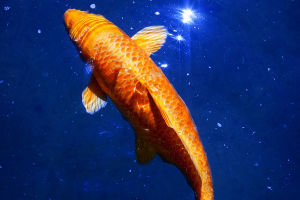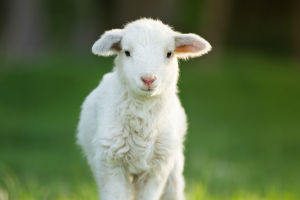Recently, British media reported that in order to protect the declining number of hares, the British police ordered a ban on illegal hunting. In the UK, hares are frequent visitors to grasslands and farmland.
They have brown fur, pointed ears, and muscular hind legs. They are beloved by writers and become the protagonists of many fairy tales.
Britain has a long tradition of hunting. From the royal family to the common people today, hunting is regarded as a traditional and ancient sport. The scene of the royal family and nobles setting out to hunt on horseback with hounds is also a "standard" in British historical dramas.
In the British National Gallery, an impressionist painting depicts a hare that was hunted and hung beside the bed. Hare is a rare animal that can be hunted all year round in the UK. According to records, the hunting-loving King Edward VII of England captured thousands of hares.
Wild rabbits were once infested in Britain. In the middle of the 20th century, the number of hares in the United Kingdom increased dramatically, becoming one of the main hazards of agriculture at that time. According to records, in 1951, there were nearly 100 million hares in the whole of the UK, causing huge crop losses every year.
In order to protect agriculture, the British introduced a virus. Within two years, a large number of rabbits were infected and died. The surviving rabbits became immune and gradually recovered to the current population size. Today, in parts of the UK, it is still necessary to rely on professionals to clean up rabbits to keep pastures or farmland safe.
Zoe Jacques, a lecturer in children's literature at the University of Cambridge in the United Kingdom, specializes in the imagery of rabbits in British children's literature. She suggests that taking an interest in rabbits and anthropomorphizing them into characters may be an oddity in British culture.
The first rabbit that appeared in fairy tales was the white rabbit in "Alice in Wonderland". After that, there are rabbit characters in the "Little Gray Rabbit" and "Little Butch" series of children's books. The most famous one is "The Peter Rabbit" series of children's books. Peter Rabbit has fought wits and courage with farmers from the very beginning and has become a famous fairy tale character in Britain and even the world. The prototype of these stories is the English hare.
In these stories, the rabbits are either cute and charming or funny and lucky. After all, in British folk, rabbit feet are a symbol of being very lucky.
According to Zoe, there is a special bond between children and animals that is lost in adulthood. Children's literature exploits this connection.
There is also a view that children's literature uses a large number of anthropomorphic techniques to make the appearance of animals lessen the preaching in adult narratives, and reasoning is easier for children to accept.
No matter which point of view, it shows that it is easier for children to communicate with animals, which is also the psychological basis for rabbits to occupy an important position in British children's literature.
Rabbits are also the subject of British pet breeding, such as the famous English lop rabbit. Hare plays complex and diverse roles in British life and culture, which constitutes a unique British hare story, accompanied by the growth of generations of children.


